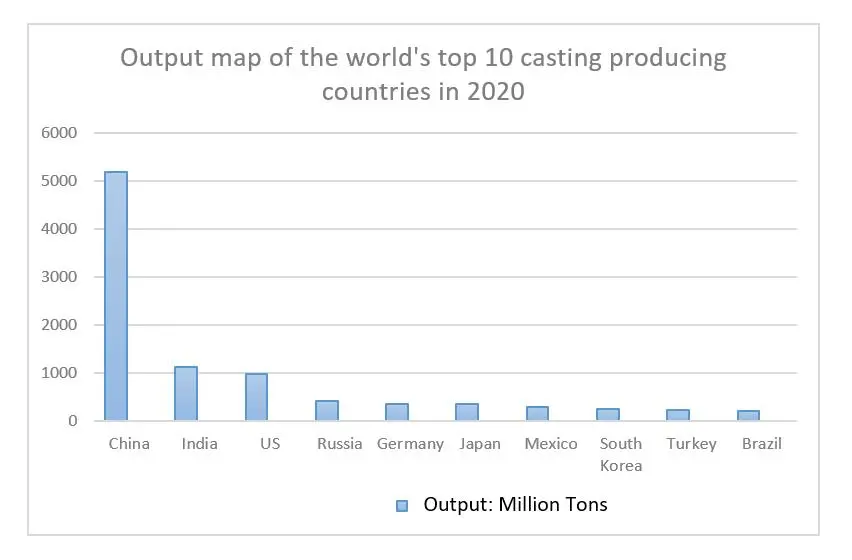The Emergence of 3D Printed Sanding Machines Revolutionizing the Manufacturing Industry
In recent years, the advent of 3D printing technology has significantly altered the landscape of various industries, including manufacturing, design, and prototyping. One area that has garnered increasing attention is the development of 3D printed sanding machines. This innovative approach not only enhances manufacturing efficiency but also paves the way for greater customization and cost-effectiveness.
3D printing, or additive manufacturing, involves creating three-dimensional objects layer by layer from digital models. This technology allows for remarkable design freedom, enabling engineers to create complex shapes that traditional manufacturing methods would find challenging or infeasible. The potential application of 3D printing in fabricating sanding machines represents a paradigm shift from conventional techniques, fostering a new era of production capabilities.
Understanding Sanding Machines
Sanding machines are essential tools in various manufacturing processes, typically used for smoothing, shaping, and finishing surfaces. They play a critical role in woodworking, metal fabrication, and even in the automotive industry, where achieving a perfect finish is vital. Traditional sanding machines can be costly to produce and maintain, often requiring significant investment in parts and labor.
Here, 3D printing offers a solution. By enabling manufacturers to create customized sanding machine components, businesses can reduce material waste and overall production costs. Moreover, the ability to quickly prototype and iterate designs leads to faster product development cycles.
Benefits of 3D Printed Sanding Machines
1. Customization One of the standout benefits of 3D printed sanding machines is the ability to tailor designs to specific needs. Manufacturers can quickly design and print components suited for particular applications, whether it’s for unique shapes in woodworking or specialized tooling in metal industries. This level of customization enhances productivity by ensuring that the sanding machine is perfectly suited for its intended task.
sanding machine 3d print

2. Cost-Effectiveness Traditional manufacturing often involves significant upfront costs, particularly for tooling and setup. In contrast, 3D printing allows for reduced costs by minimizing the need for extensive tooling or molds. Manufacturers can print parts on-demand, cutting down expenses related to inventory and storage.
3. Rapid Prototyping The process of rapid prototyping through 3D printing allows businesses to test designs quickly and efficiently. Feedback can be integrated into subsequent iterations, leading to improved products and less time spent in the design phase. This agility is critical in a fast-paced market where innovation can dictate competitive advantage.
4. Material Efficiency Traditional methods of manufacturing often result in substantial waste, particularly with aggressive machining practices. 3D printing, on the other hand, is an additive process, meaning materials are used more efficiently. Every layer is precisely deposited according to the digital design, thus minimizing excess material and reducing the environmental footprint.
Challenges to Overcome
While the benefits are substantial, transitioning to 3D printed sanding machines is not without challenges. For instance, the durability of 3D printed materials must match that of traditionally manufactured components, particularly when dealing with high-stress applications. Additionally, the technology itself requires skilled operators familiar with advanced 3D printing techniques, which can pose a barrier for some manufacturers.
Looking to the Future
Despite these challenges, the future of 3D printed sanding machines appears promising. As material science continues to evolve, new, more durable printing materials are being developed that could further enhance the practicality of 3D printed machines. Furthermore, with ongoing advancements in printing technology, such as faster print speeds and larger build volumes, the vision of fully optimized, customizable sanding machines becomes more achievable.
In conclusion, the rise of 3D printed sanding machines signifies an exciting era for manufacturing. The unique advantages of customization, cost-effectiveness, rapid prototyping, and material efficiency position this technology as a cornerstone of future manufacturing processes. As industries continue to adapt to these innovations, the integration of 3D printing into sanding machines may well redefine standards for quality, efficiency, and creativity in production. Embracing this shift could lead to a more agile, sustainable, and versatile manufacturing ecosystem, setting a new benchmark for what is possible in the industry.
Post time:joulu . 11, 2024 03:45
Next:Exploring the Techniques and Benefits of Industrial Sand Casting Processes
